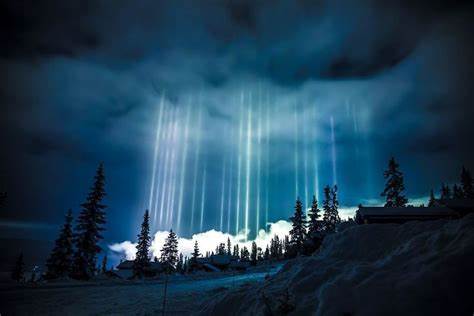Earth’s climates are as diverse as they are fascinating, ranging from scorching deserts to icy tundras. In this article, we embark on a journey to explore the wonders of Earth’s climates, uncovering the unique features and phenomena that shape our planet’s weather patterns.
The Classification of Climates
The Köppen climate classification system, developed by climatologist Wladimir Köppen, categorizes Earth’s climates based on temperature, precipitation, and seasonal variations. This system divides climates into five main categories: tropical, dry, temperate, continental, and polar, each with its distinct characteristics and subcategories. Understanding the Köppen climate classification system provides valuable insights into the distribution and characteristics of Earth’s climates.

Exploring the Lush and Humid Regions
These regions are home to dense rainforests, vibrant biodiversity, and unique ecosystems. The Amazon Rainforest in South America and the Congo Basin in Africa are prime examples of tropical climates, where lush vegetation thrives in the warm and humid conditions.
Delving into the Frozen Frontiers
At the opposite ends of the Earth, polar climates reign supreme, with frigid temperatures and icy landscapes dominating the polar regions. In the Arctic and Antarctic, polar climates are characterized by long, dark winters and short, cool summers. These regions are home to polar ice caps, glaciers, and unique adaptations by wildlife to survive in extreme cold conditions.
Discovering the Goldilocks Zones
Temperate climates, often referred to as the “Goldilocks zones,” offer a balance of warm summers and mild winters, making them ideal for human habitation and agriculture. These regions experience distinct seasons, with moderate temperatures and moderate precipitation levels. The Mediterranean climate, characterized by hot, dry summers and mild. Wet winters, is one example of a temperate climate found in regions such as Southern Europe, California, and parts of Australia.
Venturing into Arid and Semi-Arid Regions
These regions experience hot temperatures and minimal rainfall, resulting in desert landscapes and sparse vegetation. The Sahara Desert in Africa and the Australian Outback are iconic examples of dry climates, where extreme temperatures and scarce water resources present significant challenges for life.
Exploring the Heartlands
Continental climates are found in the interiors of large landmasses, away from the moderating influence of oceans. These regions experience wide temperature ranges, with hot summers and cold winters. The Great Plains of North America and the Eurasian Steppe are prime examples of continental climates. Where agricultural practices and ecosystems have adapted to the extremes of temperature and precipitation.
Scaling the Heights
Mountainous climates occur in high-elevation regions, where atmospheric conditions can vary dramatically with altitude. As air rises over mountain ranges, it cools and releases moisture, leading to orographic precipitation on windward slopes and creating distinct climate zones. Mountainous regions experience cooler temperatures and higher precipitation levels compared to nearby lowlands, resulting in diverse ecosystems and microclimates. Which support unique biodiversity and provide vital water resources to downstream communities.
Embracing the Influence of the Sea
These regions experience mild temperatures year-round, with cooler summers and warmer winters compared to inland areas at similar latitudes. Coastal cities such as San Francisco, Sydney, and Lisbon enjoy favorable climates due to their proximity to the ocean, attracting residents and tourists alike.
Conclusion
In conclusion, Earth’s climates are a testament to the planet’s remarkable diversity and complexity. From the lush rainforests of the tropics to the frozen expanses of the polar regions. Each climate zone offers unique wonders to explore and appreciate. By understanding the characteristics and dynamics of Earth’s climates. We gain valuable insights into the interconnectedness of weather systems and the delicate balance of our planet’s ecosystems.

